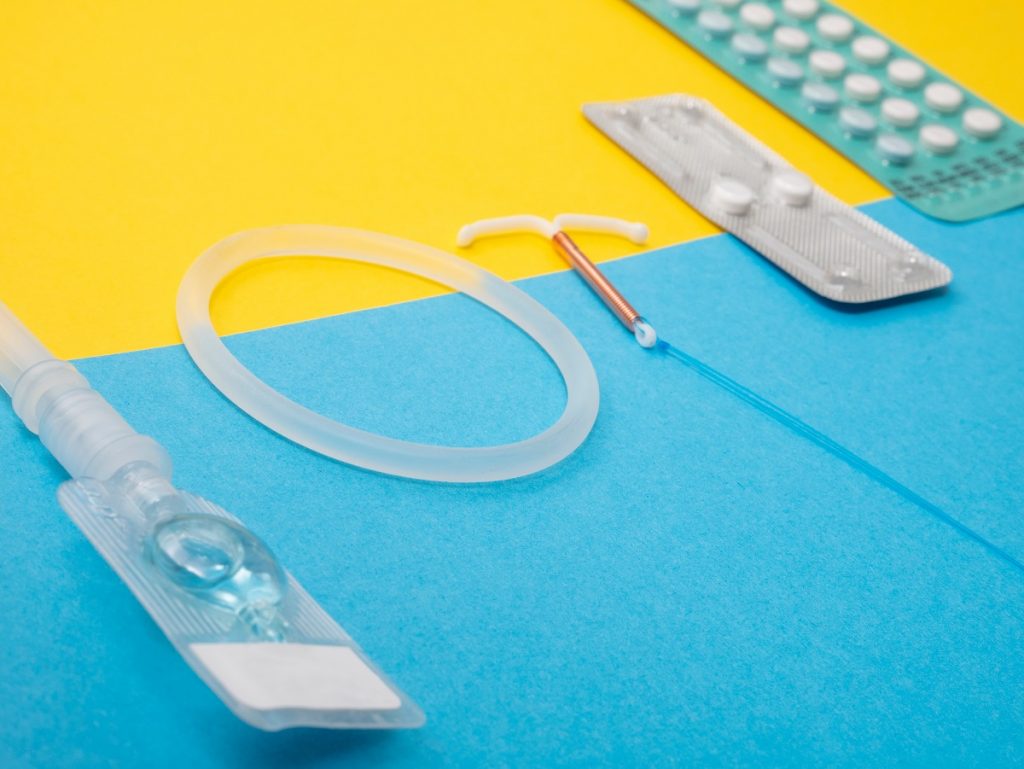Experiencing pelvic cramps during your period is a normal – albeit painful and annoying – part of a healthy reproductive system. But what if you’re experiencing period pain without your period? If you’re not completely clued in to the science, experiencing those cramps but no period can be worrisome.
What Is Period Pain?
When you’re cramping up at that time of the month, it’s called dysmenorrhea. They’re caused by uterine contractions, meaning your womb contracts. It’s caused by an over secretion of a chemical called prostaglandin, which shows up wherever you have inflammation like an infection or injury (kind of like people all over a car accident). They’re in charge of things like inflammation, inducing labour and forming blood clots.
Just like when your uterus is contracting to push a baby out, it contracts during menstruation. This can cut off oxygen supply to the muscle tissue, leading to pain in your pelvic area.
It’s important to note that those cramps can happen before and after your period. One or two days before, you could have pain – which is totally normal. It can radiate into your lower abdomen, back and even thighs.
If you’re experiencing pain long before or after your periods, this is usually a sign of something else going on.
Ovulation
Using a period tracking app is a surefire way to pinpoint what those cramps likely mean. Check the last time you had your period, then add about 10 or 14 days to that. Is your pelvic pain in that zone? You might be experiencing ovulation pains.
What it feels like: a mild cramp, dull or achy. It could even vary from one side of your pelvis to the other, depending on which ovary is working on releasing that egg.
Pregnancy Pain
Fear not! Even during pregnancy, cramps can occur. Experts concur that when your love nugget is attaching to the lining of your womb, “implantation pain” arises.
What it feels like: Four weeks into your pregnancy, you’d feel a cramp, around the time you’d be expecting your period. If it hasn’t arrived, it may be time for a pregnancy test.
Endometriosis
Before you start shvitzing and texting your doc, keep in mind that endometriosis can be mild or severe in nature. Endometriosis happens when tissue grows outside of the uterus
What it feels like: Your cramps are likely to have been bothering you for a long time, and outside of your menstruation and ovulation period. Period pains for people with endo are severe, and you may even be suffering from period cramps but no period throughout your cycle. Sex may even be painful and if you were trying to get pregnant, you may be experiencing difficulty doing so. If you suspect endometriosis, chat to your doctor about it.
Fibroids
Fibroids are little benign tumours that grow in the walls of the uterus. For some, they’re incredible painful, while others don’t even know they’re there because of no symptoms.
What it feels like: You’ll experience cramps but no periods and you could also have bleeding – outside of the menstruation window. If you’re suspecting fibroids, see your doctor.
Pelvic Inflammatory Disease (PID)
This inflammation in your uterus (caused by an infection) could be an offshoot of an STD like gonorrhoea or chlamydia or another kind of infection.
What it feels like: Along with the pain, you could also experience painful peeing, bleeding between your periods, bad-smelling discharge and fever. If you’re experiencing any of these, it’s time to see your healthcare professional.
Appendicitis
Appendicitis can easily be brushed off as period pain at first, but it can become quickly unbearable. It happens when your appendix is inflamed.
What it feels like: Aside from the pain (usually on the right side), it might hurt if you try to sneeze, cough or move. This can be life-threatening, so see a doctor ASAP if you experience this.
Ovarian Cancer
Ovarian cancer starts in the ovaries as growths.
What it feels like: At first, a vague pain that could be something else occurs, but a pressure in your belly won’t go away. You may see a swelling in your belly or feel full very quickly.
Having pain in your pelvis outside of your periods can be something totally benign, but pay attention to other symptoms that go along with it – these could tell you what’s really happening inside your body. Tracking your periods and any other symptoms can really help you pinpoint your body’s fluctuations and even signal when something is out of balance. If you want to chat to a doctor, you can book a virtual session here.
Reviewed by Dr Ayobami Oduntan, Zoie health educator and medical practitioner
Sources: Cleveland Clinic, Society for Endocrinology, WebMD, Medicine Net

